FAQ
I use a variety of handmade kozo type papers ranging in textures and weights from 30-80 gsm. Generally, the thinner the paper, the easier to use, however, the heavier the paper, the better the results. For beginners, I recommend “Ma” paper offered at Oriental Art Supply https://orientalartsupply.com/
For my monochromatic, traditional prints, I exclusively grind my own ink from sumi ink sticks. It gives me much more control over consistency for whatever application I need it for. Bottled inks are fine, but they usually are not true sumi ink, rather a pigment that is made to mimic sumi ink. These work fine, but I prefer to customize true sumi to match the results that I seek. For both ink sticks and bottled inks, try https://orientalartsupply.com/
Depending on how fresh (or not fresh) the subject is, the paper will smell for a few days. But the urauchi process (wet mounting) will immediately eliminate all odors and the paper will smell as if new.
That’s completely up to you. But I usually make six attempts on a single subject. My first and second attempts are what I need to dial in my process. By the third and fourth, I should be getting the results that I want. If I am unable to achieve it by my sixth attempt, I will put the specimen away and give myself some time to think about how to go about it on another day.
